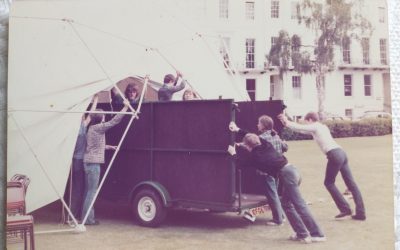One of the professors at the RSAMD said a very interesting thing when I was there the other day. We were talking about the difference that the existence of recordings has made to learning new works. He said that it’s quite common for his students to come to their lesson and say things like, ‘I’m afraid I haven’t been able to find out how this piece goes, because there isn’t a recording in the library.’ Or, ‘because there wasn’t a clip on YouTube.’
Recordings have only been around for 100 years, and for a large chunk of that time they were inaccessible to many people. When the National Gramophonic Society was formed in the 1920s, membership cost the equivalent of a thousand pounds in today’s money. It’s only in recent years that recordings have become so affordable and so widely available.
Before the era of recordings, musicians had no way of getting to know a piece other than by reading it through on their instrument, or by studying the score and trying to ‘hear’ it in their heads. They might occasionally have the opportunity to hear someone else play it, but that wouldn’t be an everyday occurrence. They’d get to know things slowly and gently.
Now it seems that some students already rely on the ‘instant fix’ of someone else’s recording. And as my colleague in Glasgow pointed out, this is creating a new problem: that some random recording will lodge in students’ memories as ‘the way to play it’, replacing the imaginative work that people usually do when they develop their own way of playing something.




0 Comments